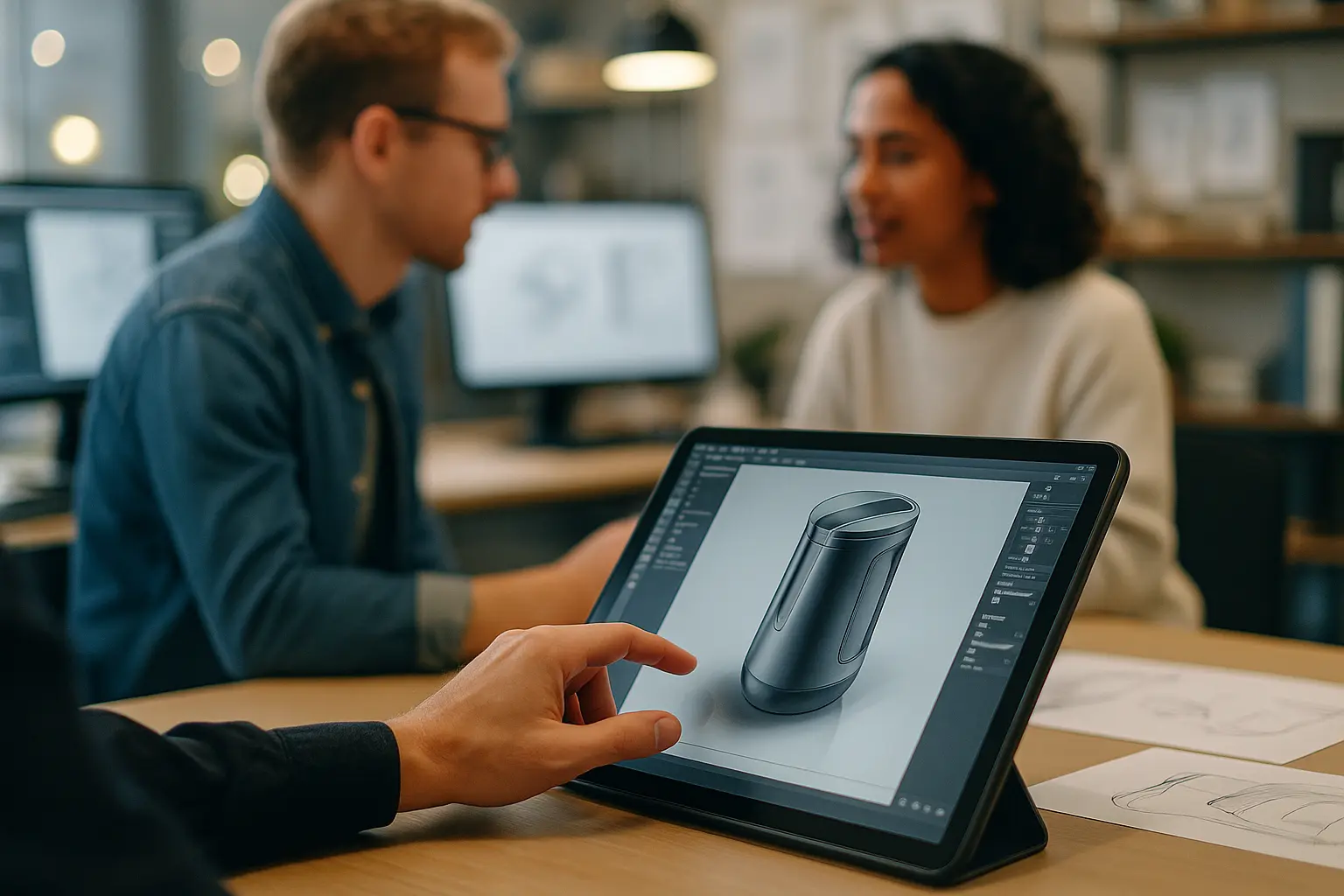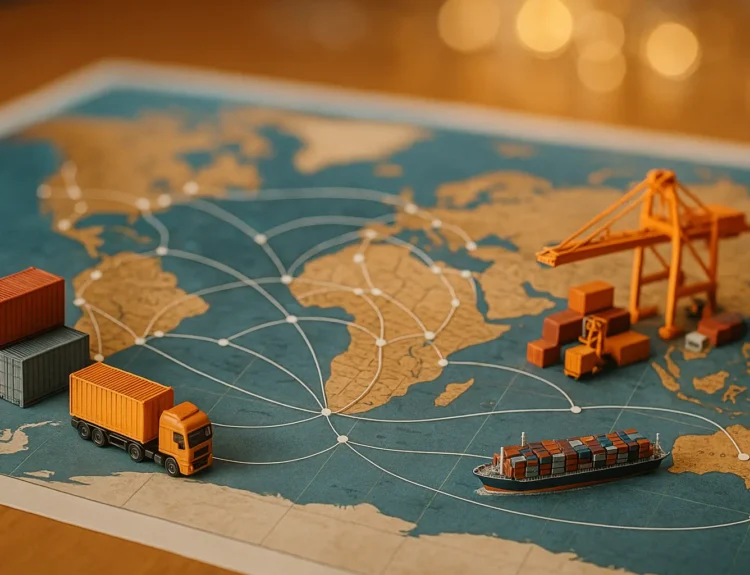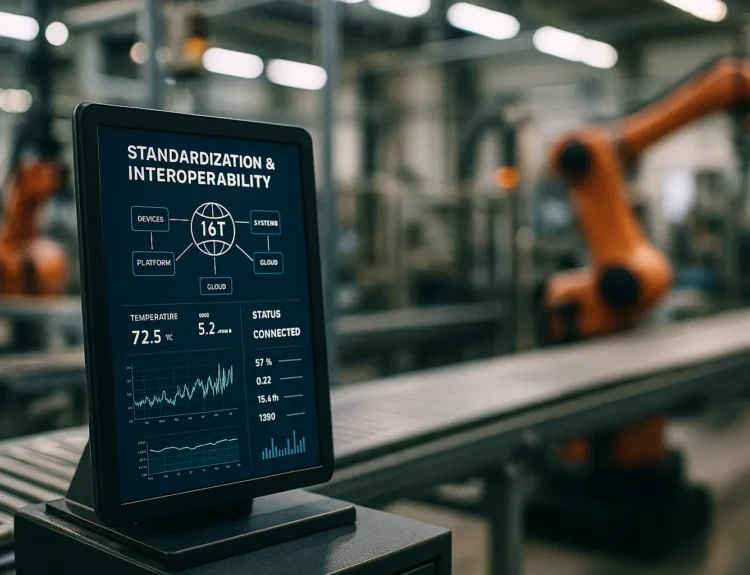The world of product design is evolving at a pace previously unimaginable. As we stand in 2025, the digital landscape is not just a backdrop but a driving force of transformation. Automation, a buzzword in the industry, is now a foundational pillar reshaping how we conceptualize, develop, and bring products to life. The fusion of data, design, and automation is crafting a narrative where designers are not just creators—they’re innovators, leveraging modern techniques to build more intuitive, user-centric systems. Join us as we delve into the profound impact of automation on product design, exploring both the opportunities and challenges it presents.
The Intersection of Automation and Product Design
In the realm of product design, automation is no longer a distant future—it’s our present. The integration of automated tools and processes has ushered in a new era of efficiency and creativity. Designers are now equipped with advanced systems that not only enhance development processes but also foster a more seamless transition from conception to production.
Automation assists in the design process by managing repetitive tasks, allowing us as designers to focus on creativity and innovation. Through automated systems, we can rapidly prototype, test, and iterate on designs with reduced time and error margins. This enhances our ability to refine products until they meet the highest standards of excellence.
Furthermore, the use of data-driven insights empowers us to create user-friendly designs that are tailored to specific needs and preferences. By analyzing user behaviors and feedback, automation helps us adapt and evolve our designs to meet the dynamic demands of the market.
As we continue to harness the power of automation, the landscape of product development is becoming more democratized. This accessibility allows for a broader range of voices and ideas in the design process, ultimately leading to more diverse and innovative products.
The Role of Data in Automated Design Systems
In today’s digital age, data is the new gold. It fuels automation and drives innovation in product design. Through advanced analytics, we can gather insights and patterns that, when integrated with automated systems, allow for more accurate predictions and tailored design solutions.
Data informs every stage of the design process. From initial concept development to final production, it provides a foundation of evidence-based decisions. By leveraging machine learning algorithms, we can anticipate user needs and preferences with remarkable precision, ensuring that our products resonate with their intended audiences.
Moreover, data-driven automation facilitates a more sustainable approach to design. By optimizing resources and reducing waste, we can contribute to a more eco-friendly industry. Automation in this context isn’t just about efficiency—it’s about responsibility and innovation.
As we navigate the complexities of product design, the symbiotic relationship between data and automation offers unprecedented opportunities. By aligning with these modern tools, we are not only enhancing our design processes but also setting new benchmarks for what’s possible in the industry.

Automation in Manufacturing: Bridging Design and Production
Transitioning from design to manufacturing has traditionally been a complex and resource-intensive endeavor. However, with the advent of automation, this transition is becoming more fluid and efficient. Automated systems bridge the gap between the creative and production phases, ensuring that designs are faithfully translated into tangible products.
Automation in manufacturing optimizes processes by minimizing human error and speeding up production timelines. This synergy between design and manufacturing not only accelerates the time-to-market but also enhances the quality and consistency of products. Through AI-driven tools, we can simulate entire production processes, identify potential bottlenecks, and make adjustments before full-scale manufacturing begins.
Additionally, the flexibility of automated systems allows for customization at scale. Personalized products, once a niche market, are now attainable and scalable, catering to diverse user preferences without compromising efficiency.
As we look to the future, the melding of design and manufacturing through automation heralds an era of unparalleled innovation. This integration will continue to redefine industry standards, paving the way for a new generation of designers and manufacturers who can adapt and thrive in an automated landscape.
The Future of Product Design with Automation
As we peer into the future, the role of automation in product design becomes ever more crucial. The horizon is filled with possibilities that not only promise efficiency but also drive creativity and innovation.
One of the most exciting prospects is the potential for real-time collaboration across global teams. Automated tools enable designers from different corners of the world to work seamlessly together, breaking down geographical barriers and fostering a truly international design community.
With continuous advancements in AI and machine learning, our design processes will only become more refined. Predictive analytics and smart design tools will allow us to anticipate trends and adapt products before market shifts occur. This will lead to more proactive strategies in product development and lifecycle management.
Moreover, the integration of virtual reality and augmented reality with automated design systems promises to revolutionize how we interact with our designs. We will be able to visualize, test, and modify products in a virtual space before they are physically realized, ensuring that what is produced perfectly aligns with our creative vision.
In a world where automation is an integral part of product design, our focus remains on maintaining a balance between technological advancements and the human touch that defines creativity. We are excited to embrace these changes and explore the endless potential that lies ahead.
The journey through automation in product design is one of discovery and innovation. As we’ve explored, the blend of design, data, and automation is not just transforming our industry—it’s setting the stage for a future where products are more intuitive, personalized, and efficient than ever before.
Our commitment to embracing these changes is rooted in a belief that automation enhances our ability to connect with users, craft meaningful experiences, and push the boundaries of what’s possible. As we continue to navigate this automated landscape, we remain both students and leaders, eager to adapt, innovate, and inspire.
The future of product design is unfolding before us, driven by a synergy of technology and creativity. It’s a future where we are not just reacting to change but actively shaping it, ensuring that the designed world is as dynamic and vibrant as the one we envision.
FAQ
What is automation in product design and how is it being utilized?
Automation in product design refers to the use of technology and software to streamline the design process, reducing manual effort and minimizing errors. It is being utilized in tasks such as 3D modeling, prototyping, and even testing, allowing designers to focus more on creativity and innovation.
How does automation impact the speed of product development?
Automation significantly accelerates the product development cycle by enabling rapid prototyping and facilitating faster iterations. With automated systems, tasks that once took weeks can now be completed in days or even hours, helping companies bring products to market quicker.
What role does artificial intelligence play in automating product design?
Artificial intelligence (AI) plays a critical role by enabling predictive analysis and optimization of design elements. AI can analyze enormous datasets to suggest improvements, foresee potential design flaws, and even generate design alternatives based on specific criteria.
What are the potential challenges of integrating automation in product design?
While automation offers numerous benefits, it also presents challenges such as the initial cost of implementation, the need for skilled personnel to oversee automated systems, and the risk of over-reliance on technology, which could stifle creativity.
How is automation affecting the role of human designers?
Automation is transforming the role of human designers by shifting their focus from routine tasks to more strategic and creative aspects of design. Designers now have more time to explore innovative ideas, enhance user experience, and work on complex problem-solving tasks.



